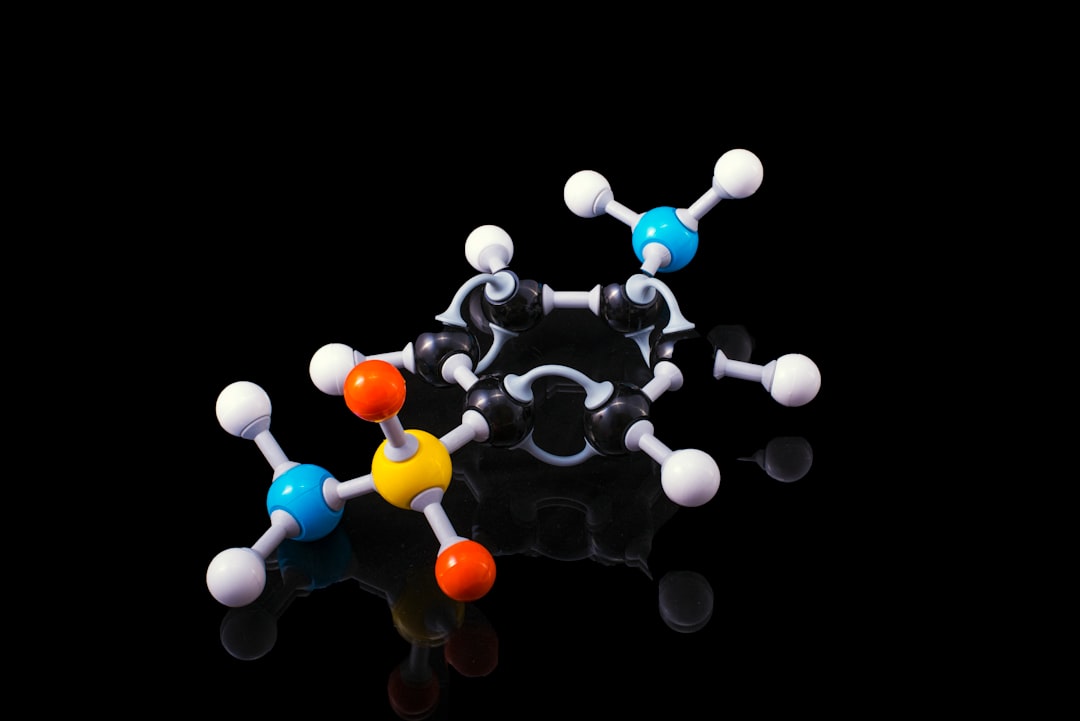What is it about?
We have shown a method for the preparation of hemispherical gold nanoparticles by local annealing of gold thin films using focused laser beam. The method resulted in a patterned surface, with closely spaced nanoparticles formed at arbitrarily chosen microscale areas. Graphene grown by chemical vapour deposition was transferred onto the prepared nanoparticles. We have shown that laser irradiation induced strain in the nanoparticle-supported graphene, which turned out to be completely reversible.
Featured Image

Photo by Gerardo Barreto on Unsplash
Why is it important?
We showed that – while similar laser irradiation induced increased doping and damage in SiO2/Si supported graphene – no change in doping or defect concentration was observed on gold nanoparticle supported graphene, even after several irradiation cycles. Our findings can gain importance in local-heat assisted applications like plasmonic sensors, spasers, or photothermal therapy with nanoparticles or graphene/nanoparticle hybrids.
Perspectives
Using this focused laser irradiation technique, we can produce hemispherical gold nanoparticles from a thin gold film at arbitrarily chosen microscale areas. Moreover, if a graphene layer is transferred on top of the nanoparticles, we can switch ON and OFF the strain in graphene. Increasing the strain in graphene enhances also its gas sensing properties. Hence, these results can have implications in the development of graphene/ plasmonic nanoparticle based high temperature sensors as well, operating either in steady-state or dynamic regimes.
Dr. Zoltán Osváth
MTA Centre for Energy Research (EK), Institute of Technical Physics and Materials Science (MFA)
Read the Original
This page is a summary of: Dynamic strain in gold nanoparticle supported graphene induced by focused laser irradiation, Nanoscale, January 2018, Royal Society of Chemistry,
DOI: 10.1039/c8nr02848f.
You can read the full text:
Resources
Contributors
The following have contributed to this page










